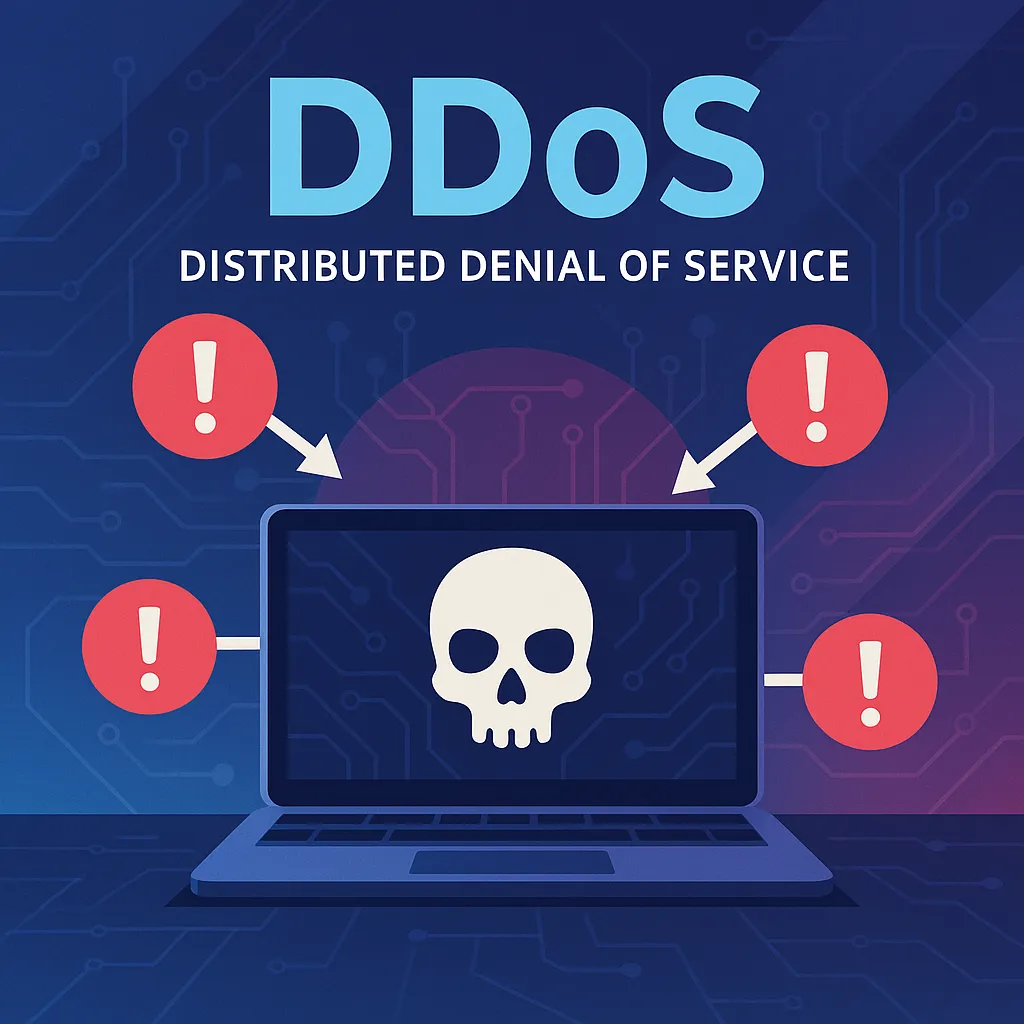Understanding DDoS Attacks: What Are They and How Can We Protect Ourselves?
Distributed Denial of Service (DDoS) attacks are a prevalent threat in the digital world, impacting the availability of websites and services across the globe. This type of cyberattack involves overwhelming a target with a flood of internet traffic to the point where it cannot respond to legitimate traffic, effectively taking it offline.
What is a DDoS Attack?
A DDoS attack involves multiple compromised computer systems attacking a single target, causing denial of service for users of the targeted resource. The flood of incoming messages, connection requests, or malformed packets to the target system forces it to slow down or even crash and shut down, thereby denying the service to legitimate users.
Recent Examples of DDoS Attacks
Recently, a notable DDoS attack disrupted a high-profile interview involving public figures. Additionally, the largest recorded DDoS attack was launched using a zero-day vulnerability in the HTTP/2 protocol, known as the HTTP/2 Rapid Reset.
How Does a DDoS Attack Work?
Attackers build a network of infected computers, known as a botnet, by infecting devices with malicious software. This botnet is used to send a massive amount of traffic to the target. The target, whether it's a website or an online service, becomes overwhelmed with requests and can't process legitimate visits, leading to a denial of service.
Tactics Employed in DDoS Attacks
DDoS attacks can vary in sophistication and size. They can range from simple volumetric attacks, which simply overwhelm a site with traffic, to more complex state exhaustion attacks that target the connection capacity of servers. Recently, trends show an increase in refined tactics like multi-vector attacks which combine different methods to evade detection and enhance the attack’s efficacy.
Protecting Against DDoS Attacks
To mitigate these attacks, organizations can deploy various strategies like rate limiting, having a robust network infrastructure, or using specialized DDoS protection services that can absorb and neutralize this malicious traffic.
It's crucial for companies to prepare their infrastructure to handle sudden increases in traffic and to set up network monitoring and alert systems to detect potential DDoS activity early.
Conclusion
In conclusion, DDoS attacks are a potent threat to the reliability and availability of online services. With the evolution of DDoS tactics, it is critical for businesses to stay informed and equipped with advanced security measures to protect their online platforms from such disruptions. The key is resilience: building systems that are not only defensive but also adaptive to the ever-evolving landscape of cyber threats.

